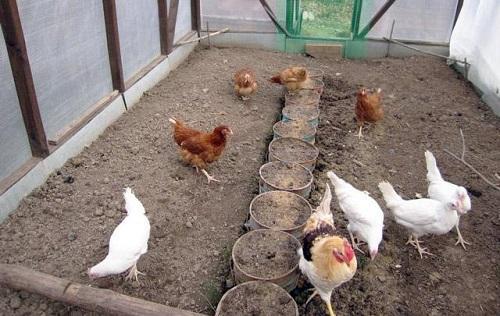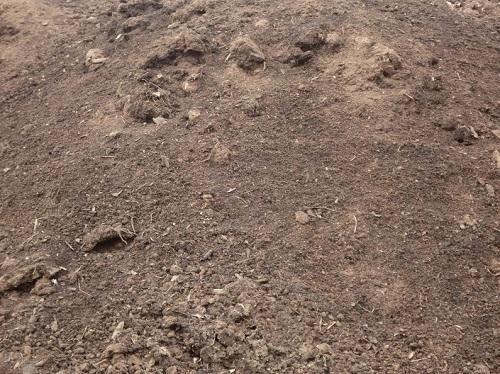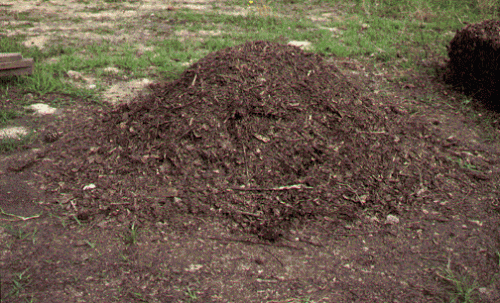How to use and breed chicken manure correctly?
Among organic fertilizers, chicken manure is rightfully ranked first. It contains useful substances such as copper, zinc, manganese, magnesium, phosphorus and others, thanks to which it makes the soil more nutritious. Unlike mineral fertilizers, which act only during the season, bird waste feeds the earth for about 4 years, and the results of their application are visible after a week.
Advantages of chicken manure over other types of fertilizers

As a result of the introduction of bird waste into the soil, the following occurs:
- 7-10 days accelerates the growth and maturation of crops;
- their productivity almost doubles;
- iron and copper included in the droppings increase the resistance of plants to fungal and bacterial diseases;
- drought resistance increases.
Ways to use chicken manure
Fertilization with wastes of birds is carried out in the following way:
- Add dry droppings to the soil.
- Use it in the manufacture of humus or compost.
- Liquid feeding is carried out with an infusion of droppings.
Fresh chicken manure it is not recommended to make it because of the high content of uric acid, which causes burns in all crops grown in the garden.
Fertilizing the soil with dry droppings

Dry droppings are applied to the beds in the fall, evenly scattered over the site. For 1 sq.m. use 1 kg of dried fertilizer. Experienced gardeners using this fertilization method recommend digging up the garden not immediately after application, but immediately before spring planting.
The use of droppings in composting

When laying compost, chicken manure can be used as an additional component or compost can be made directly from the manure with the addition of rotted sawdust or straw. To do this, lay out the ingredients in layers of about 20 cm, forming a compost heap 1.5 m high. Cover the heap with foil on top. After two months, the manure and sawdust compost will be ready for use.
Liquid fertilizer from chicken manure

To carry out liquid dressings prepare:
- A quick solution applied immediately after preparation (one part of dry litter is diluted with 20 parts of water). Top dressing should be done after watering or rain, avoiding contact with leaves. One adult bush will need 1 liter of solution; for young seedlings, the rate is reduced by half.
- Concentrated infusion, which is pre-diluted (droppings and water are mixed in a 1: 1 ratio and kept warm for at least a week). This concentrate can be stored safely throughout the season. Before use, dissolve a liter of infusion in a bucket of water and water between rows, without affecting the beds with plants.